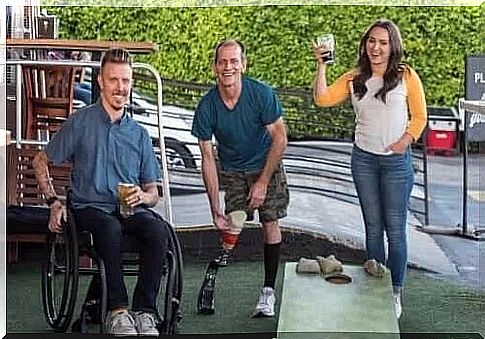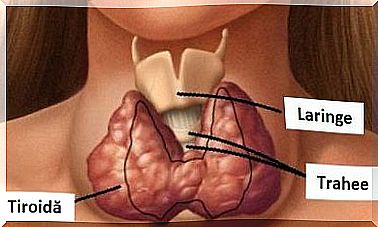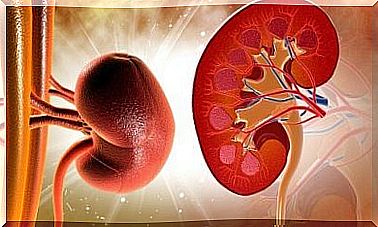The 6 Types Of Disability And Their Characteristics

Just as human beings have different abilities, there are also different types of disability. They all have in common that it involves a physical or mental limitation.
In addition, all types of disabilities are the result of damage or dysfunction of some organs. This becomes an obstacle when it comes to carrying out activities normally. However, the existence of a limitation does not mean that individuals have to suppress certain areas of life. In all types of disabilities, it is possible for people to carry out activities and participate in the life of society, as long as they have the necessary facilities.
The 6 types of disability and their characteristics

A physical or motor disability is one in which there is a total or partial decrease in mobility in one or more limbs. This leads to difficulties or impediments when it comes to performing activities that require motor skills.
This condition can be permanent or transient and there are several types of motor disability. For example, we can mention the following:
Another type of disability is intellectual disability. Occurs when a person encounters difficulties or limitations in cognitive abilities. These include information processing, perception, memory, attention, problem solving, etc.
It is very common for people with this type of disability to have difficulty living and working in the community. Moreover, there are different degrees of severity; limitations can be mild, moderate, severe or profound.
4. Psychosocial disability

A psychosocial disability occurs when there are deficiencies in thinking, feeling or relating to others. These shortcomings must be intense and constant for this type of limitation to be considered a handicap.
Unfortunately, this is one of the types of disability that carries the greatest stigma in society. There is insufficient knowledge about this issue and therefore there are unfounded fears around these limitations. This hinders the progress of those with this type of disability.
This type of disability is the least known, although it is one of the most common. A visceral disability refers to cases of deficiencies in the functioning of an internal organ.
For example, visceral disabilities include common diseases such as diabetes and heart failure. These disabilities condition and limit the lives of the sick and prevent participation in the community.
Multiple disabilities refer to cases where two or more disabilities are present simultaneously: for example, when a person has motor and intellectual disabilities at the same time.
In these cases, there may be varying degrees of severity. It is not just a sum of limitations, but rather an interaction that generates very specific results in each case.
Disability is a challenge
In general, these types of disabilities are an individual challenge, but also a challenge for society. However, a limitation must not imply exclusion, nor does it mean that the person concerned will not have a happy life.
Regardless of the type of disability, we can do something to reduce the impact of the limitation. This requires the cooperation of the person with disabilities, his environment, the health system and – especially – society in general.









